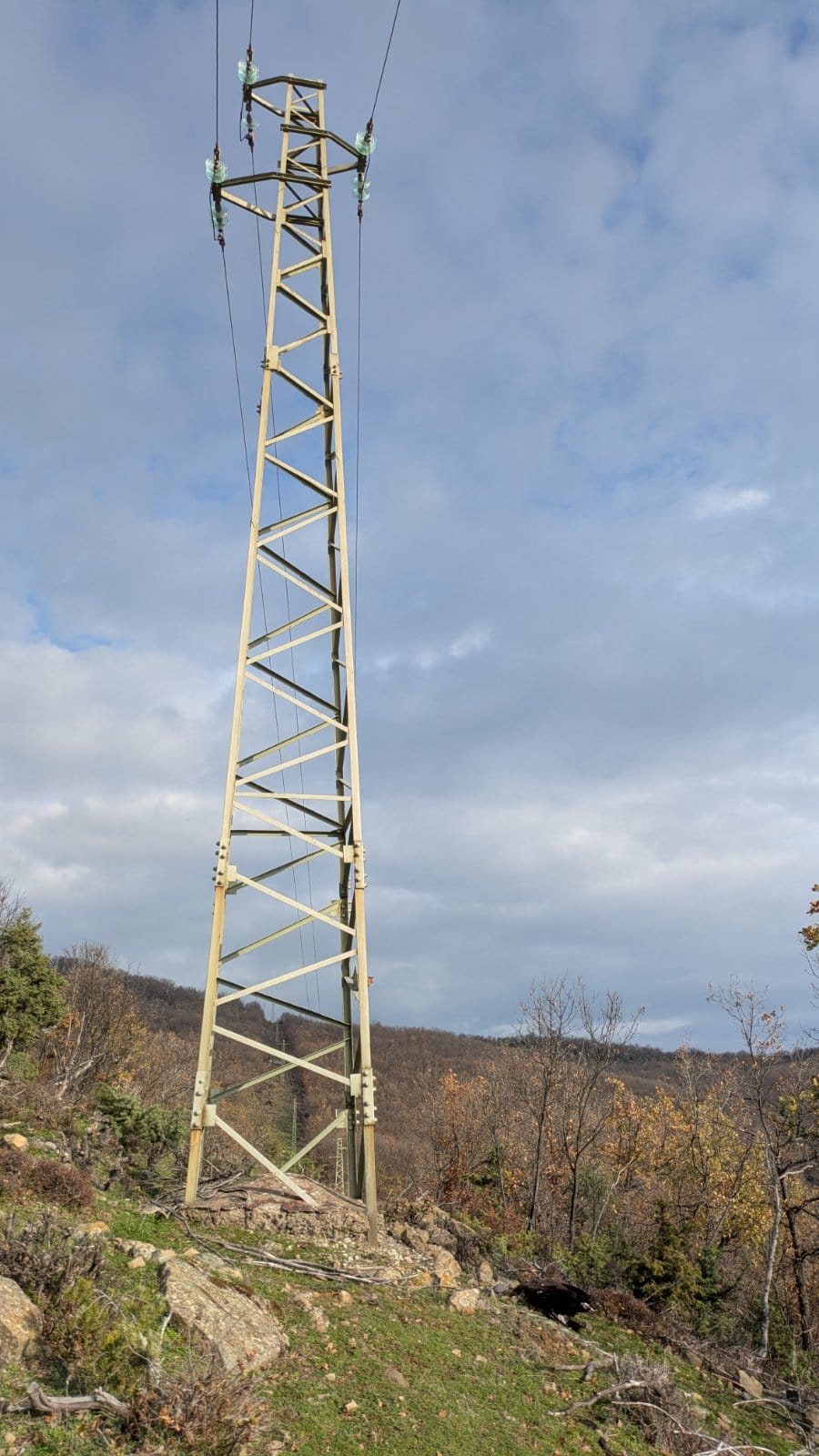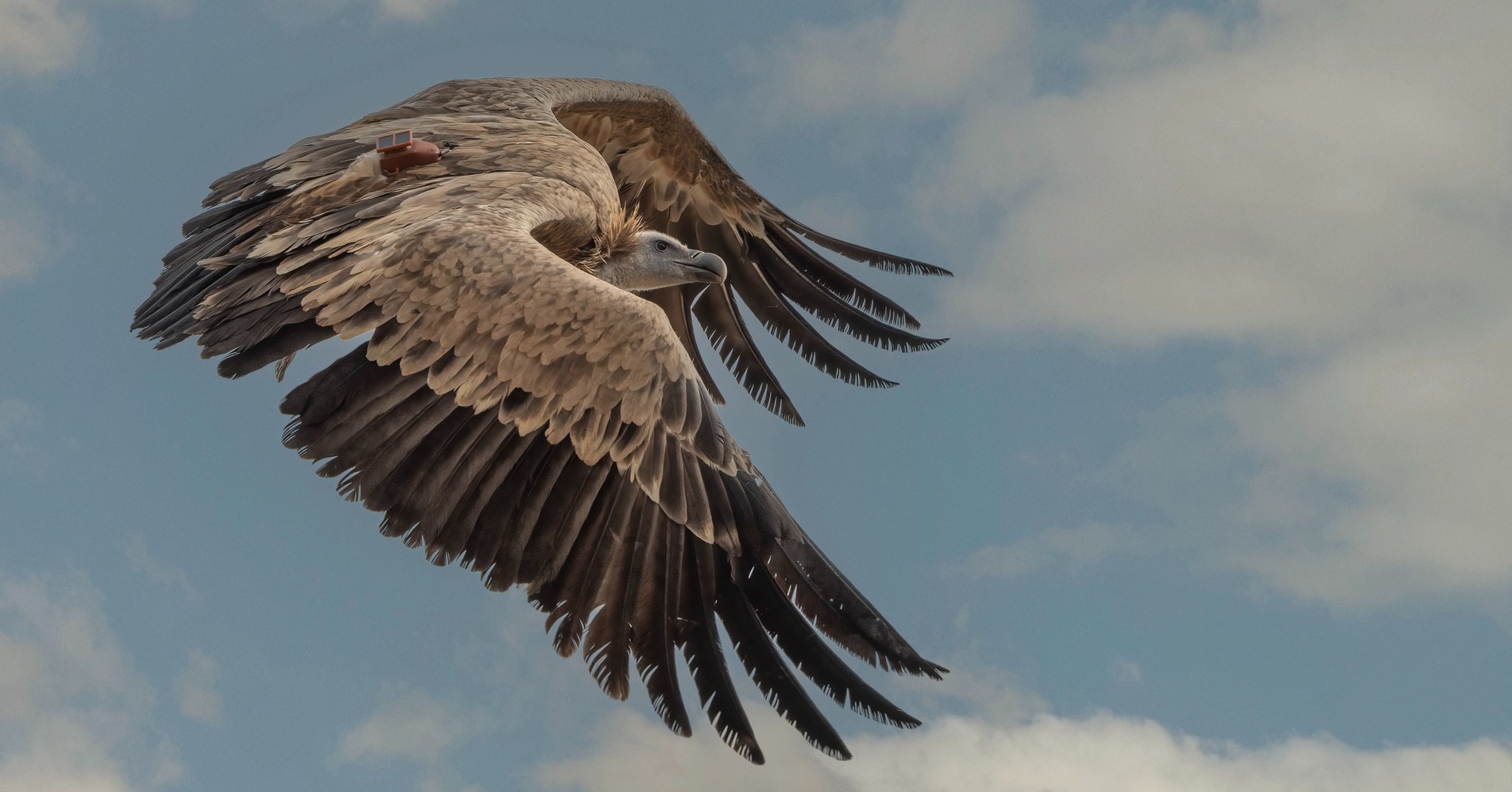It’s been another hard hit for Cyprus’s Critically Endangered Griffon Vulture population. Three more of these rare birds have died—two from electrocution, one from unknown causes—reminding us how fragile their future still is if threats are not mitigated.
Aurora: A mysterious death
First came the sad news about Aurora (LLO), a Spanish vulture, hatched in 2021 and released in Cyprus in 2022 under the restocking efforts of the LIFE with Vultures project. Her body was discovered on 20 February 2025, near Korfi in Limassol—no signs of trauma, no obvious cause. After discovering her carcass, our Cypriot partners quickly activated the investigation protocol. Her body was handed over to the police, and all relevant stakeholders—including the Lab and Veterinary Services—were informed to coordinate the next steps in the investigation.

Aurora © BirdLife Cyprus
A necropsy found inflammation in her reproductive tract, but it’s not conclusive yet. We are waiting for the toxicology tests, which are checking for a wide range of substances including carbamates, organophosphates, NSAIDS, rodenticides, and avian diseases like bird flu, West Nile Virus and Newcastle.
With no clear signs of trauma at the scene and no strong field-based suspicions, her death remains puzzling—and deeply concerning, as she was a young bird that showed signs of nesting and had the potential to breed soon, contributing to the future generation of vultures in Cyprus.
JJC and JJA: Killed by electrocution
Just days later, two more vultures died in the same area, and this time the cause was clear: electrocution.
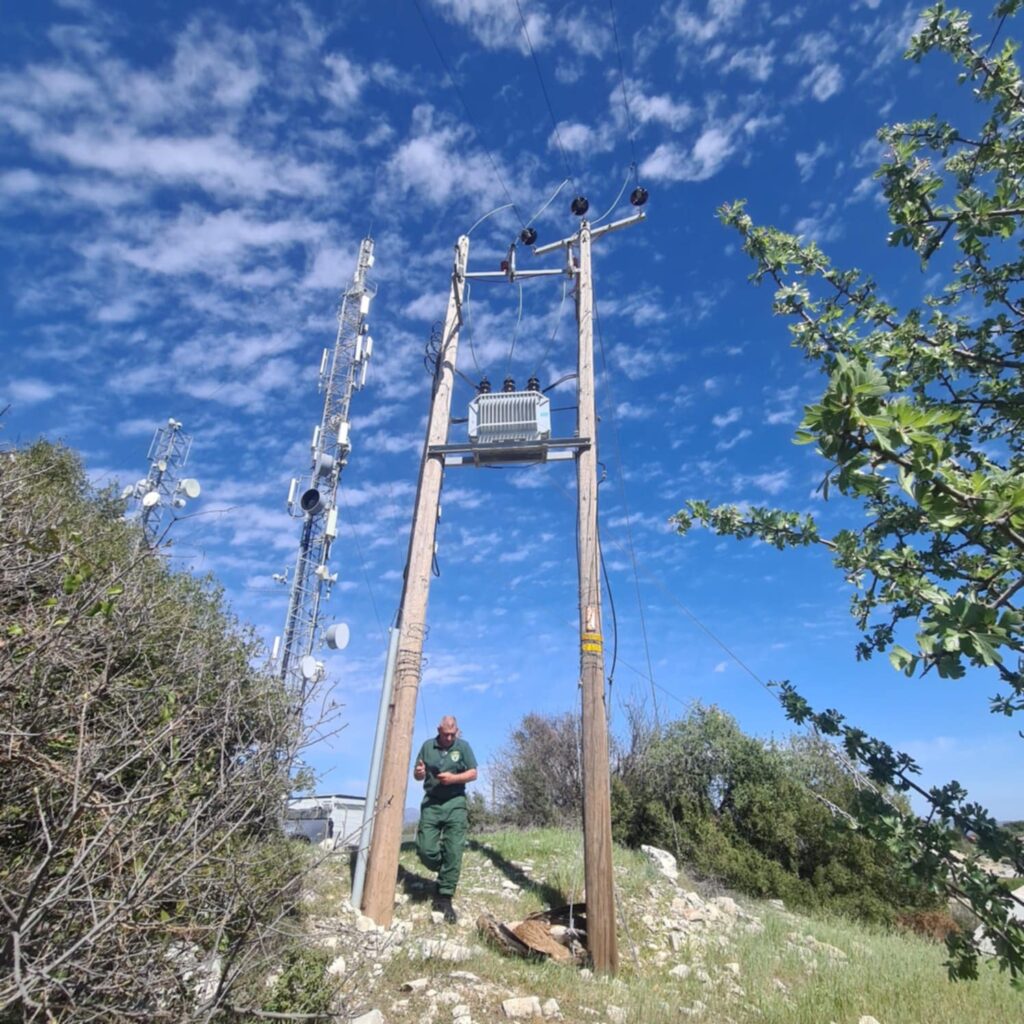
JJA © BirdLife Cyprus
JJA, a male that hatched in 2022, was found beneath a medium-voltage power pole with visible burn marks on 7 March. Another bird, JCC, a young male that hatched in 2023, died eleven days later at the exact same spot, and it appears to be the same issue. This isn’t a new problem. Electrocution has been one of the top killers of vultures in Cyprus for years, alongside illegal wildlife poisoning.
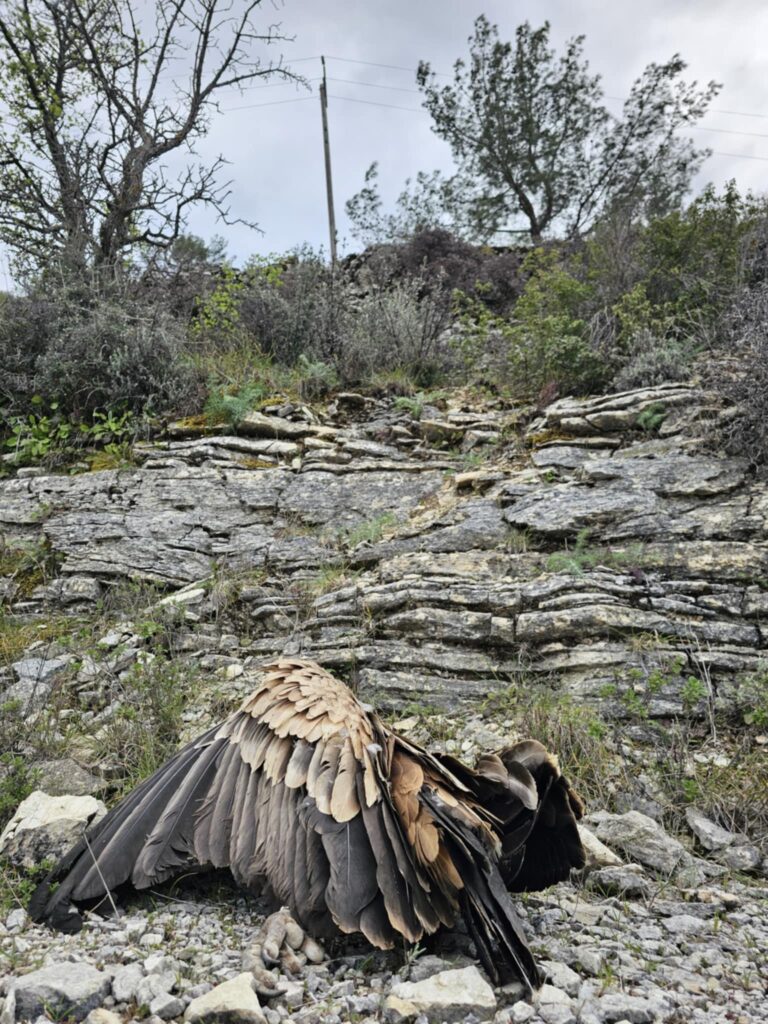
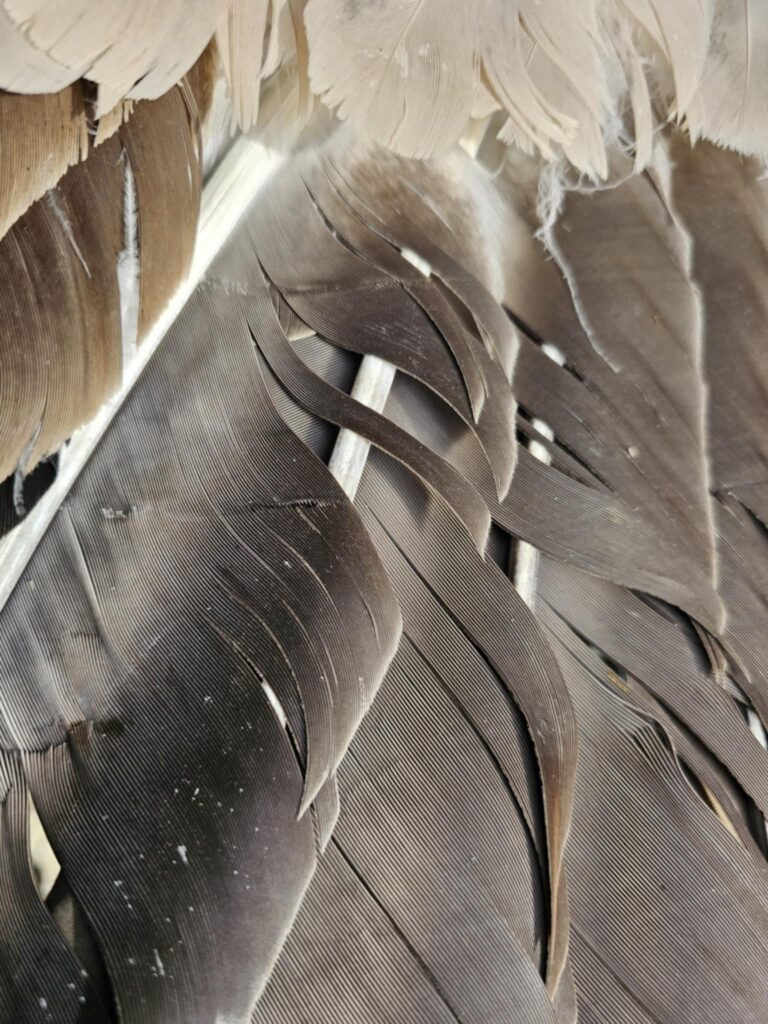
After the second incident, the Electricity Authority of Cyprus (EAC) responded quickly, insulating the dangerous poles. Since then, vultures have been spotted perching there safely—a sign that when action is taken, it can save lives. Still, the authorities can’t afford to wait for another tragic loss before taking action. They need to work closely with conservationists to insulate high-risk power poles—before more vultures are put at risk.
What needs to happen now
Every single loss chips away at a population that’s already hanging by a thread. The vultures here can’t survive without continued conservation efforts. Even under perfect conditions, Griffon Vultures only raise one chick per year—if the nest succeeds at all. Aurora, it turns out, may have been on the verge of nesting. Her death might have ended that chance before it even began.
The LIFE with Vultures partnership has been at this since 2019. They have made progress and definitely prevented the extinction of the species. But clearly, their future is still not secured.
Threats must still be mitigated and the population needs to be reinforced still. From the recent incidents, one thing is apparent – electrocution is a huge problem for the Griffon Vulture, as well as for many other raptor species, and more needs to be done. Conservationists are now pushing for:
- Faster identification and insulation of high-risk power poles
- Replacing outdated infrastructure before tragedy strikes
- Designing future grid projects with wildlife in mind
- Closer, ongoing cooperation between conservationists and the EAC
If we want to avoid more tragic cases, we have to move from reacting to preventing. That means all the relevant stakeholders must work together.

